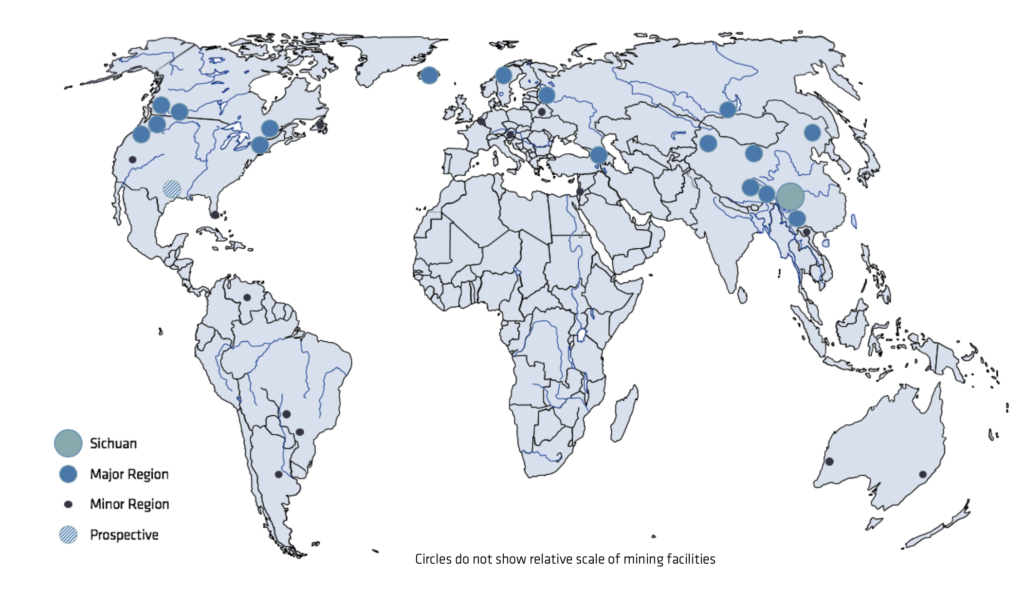Local Chinese government officials have decided to ban the mining of bitcoin in the Inner Mongolia region.
Huh, Inner Mongolia?
Inner Mongolia, also called South Mongolia, is an autonomous region in China. This area borders on Mongolia and Russia. The name Inner Mongolia is used to distinguish the area from Outer Mongolia, the name that the government of China used to characterize the current independent Mongolia.
Image from Wikipedia
Maybe you have been here once during a vacation in China. Many tourists travel through this area because an important part of the Great Wall runs through it. The region is shown in red on the map.
Shifting attention, no more room for mining
According to the Chinese website ChainNewz, the region wants to focus on cloud computing, big data and blockchain. The mining of virtual currencies is described as pseudo-financial innovation that is not related to the real economy.
The discouragement policy takes effect immediately and is divided into three phases.
- Between September 3 and September 25 the time is taken to investigate whether the miners in the various cities and villages actually stop.
- The Ministry of Industry and Information Technology expects a report before 30 September.
- Evaluation takes place between October 10 and October 30 and an inspection team is formed to ensure enforcement.
Many miners in China
At the beginning of this year, Coinshares carried out research into the effect of mining bitcoin on the environment and climate. An important part is to know where the miners are located. The image below comes from their research report (pdf).
Chinese miners are mainly in a handful of provinces: 80 percent are in Sichuan, the rest is divided between Yunnan, Guizhou, Tibet, Xinjiang, Heilongjiang and Inner Mongolia.
These provinces have low electricity costs, fast internet, and in the case of the northern regions such as Inner Mongolia, low temperatures, so there is no need to invest in cooling.

Hopefully no impact on bitcoin hashrate
This could have consequences for the hashrate of the bitcoin network. Although, maybe not. The hashrate is actually going quite well, which is currently at record level: The bitcoin network has never been so secure.
On August 21 there were major floods in China that hit several so-called mining farms. This hardly affected the available hashrate, in fact, it only continued to grow.
It is speculated that miners anticipate bitcoin block halving in May (or April) 2020. Litecoin miners may also have switched to bitcoin mining. The hashrate on the litecoin network decreased considerably after the litecoin halving in August this year.
In April this year it was said that mining could be banned throughout China. At that time (and still today) it was about a proposal and it has not yet been transposed into legislation.















